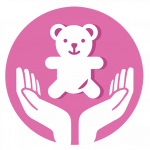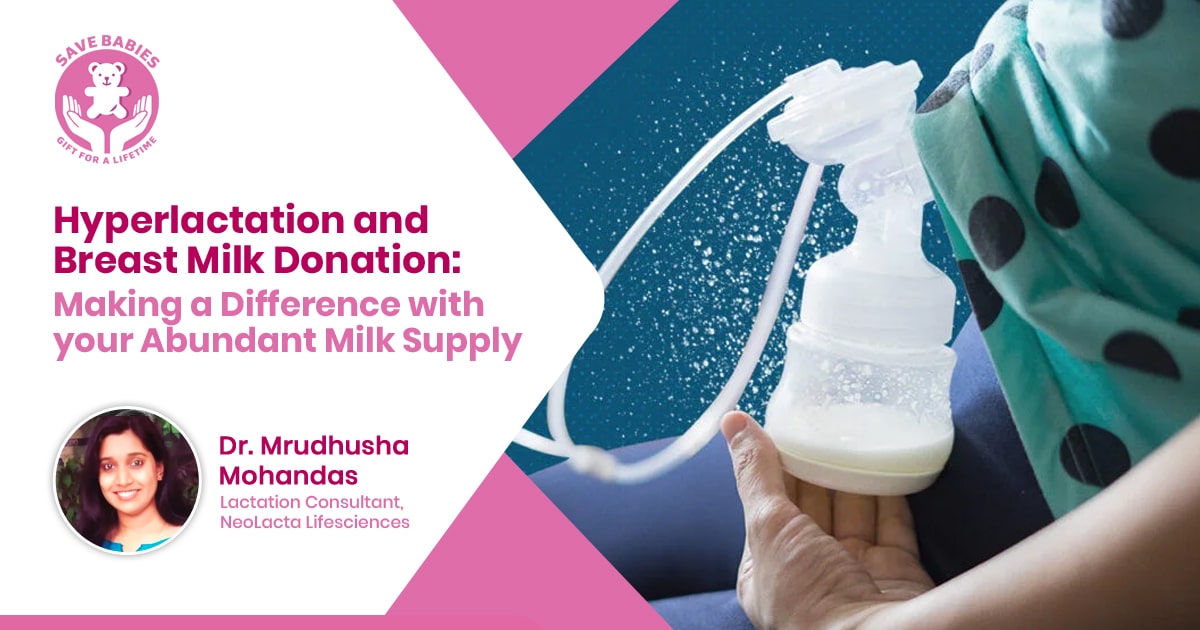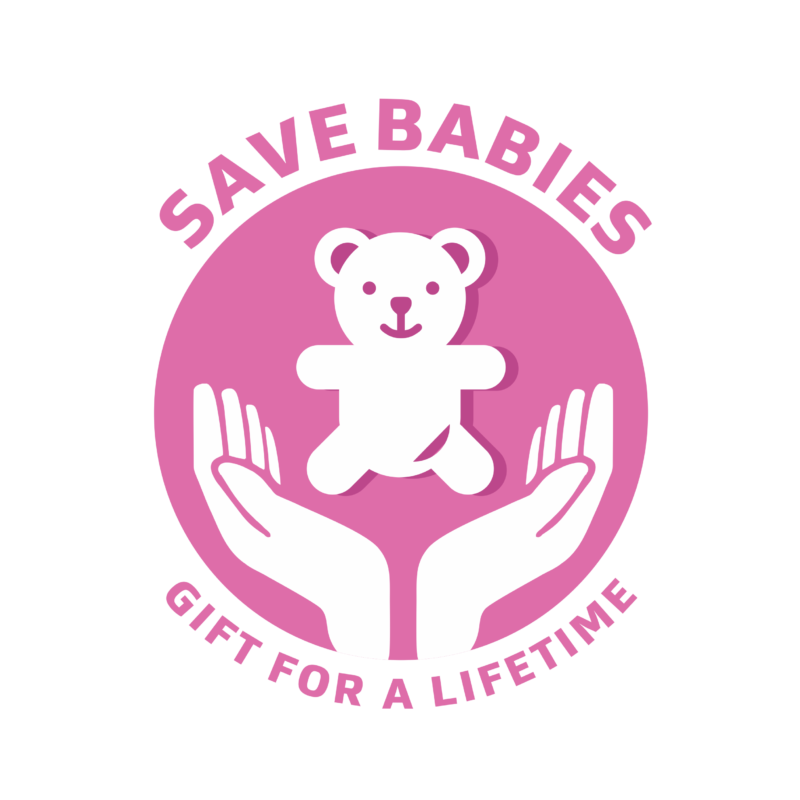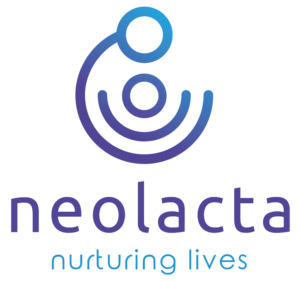The breast pump flange holds a pivotal significance as an integral component within a breast pump system, bearing a vital responsibility in facilitating breast milk expression. This flange constitutes a funnel-shaped plastic apparatus, serving as the connecting piece between the pump and the breast. By establishing direct contact with the nipple, the flange enables the efficient collection of expressed milk, directing it into an attached bottle or alternate collection receptacle.
A critical element in breast pump in breast pump functionality, the breast pump flange assumes a key role in ensuring effective and comfortable breast milk expression during the lactation process. Understanding the components of a breast pump and its function is essential for optimizing the breastfeeding experience and supporting the breastfeeding journey ahead.
Hormonal Factors: Hyperlactation can be influenced by hormonal imbalances. High levels of the hormone prolactin, which stimulates milk production, can lead to milk oversupply. Hormonal fluctuations, such as those occurring during pregnancy or after childbirth, can contribute to hyperlactation.
Overstimulation of Milk Production : Frequent and prolonged breastfeeding sessions, along with ineffective milk removal, can signal to the body that more milk production is needed. This can result in an oversupply of milk. Using breast pumps too often or for extended periods can also lead to overstimulation and hyperlactation.
Mother’s Physiology : Certain physical factors in the mother’s breasts and milk ducts can contribute to hyperlactation. For example, having an increased number of milk ducts or an abundance of glandular tissue in the breasts can result in a higher milk production capacity.
Stress and Emotional Factors : Stress and emotional factors can impact milk production. In some cases, stress may trigger an overactive let-down reflex or increase milk production. This can contribute to hyperlactation.
Excessive Milk Production: One of the primary signs of hyperlactation is producing a significantly larger amount of breast milk than what the baby requires for adequate feeding. This excess milk may result in constant leaking or spraying of milk, even between feedings.
Rapid Milk Let-Down Reflex: Women with hyperlactation often experience a forceful and rapid milk let-down reflex. This means that milk is released quickly and forcefully from the breasts, potentially causing the baby to gag, choke, or pull away during breastfeeding. touch.
Oversupply issues: An abundant milk supply can sometimes lead to oversupply issues, where the baby struggles with excessive milk flow or experiences difficulties in managing the fast flow of milk. This can result in the baby choking, coughing, or pulling away during breastfeeding.
Imbalance of foremilk and hindmilk: With a high milk supply, there is a possibility of an imbalance between foremilk (the initial watery milk) and hindmilk (the creamy milk that follows). This can result in the baby getting too much foremilk and not enough hindmilk, leading to issues such as gassiness, fussiness, or green, frothy stools.
Convenience and flexibility: Having an abundant milk supply allows for greater flexibility in feeding options. Expressed breast milk can be stored and used for occasions when direct breastfeeding is not possible, such as when the mother returns to work or needs to be away from the baby for an extended period.
Ability to donate milk: Mothers with an abundant milk supply may have the opportunity to donate their excess milk to milk banks or other mothers in need. This act of generosity can help babies who cannot access their mother’s milk due to various circumstances.
Superior Nutrition: Donated breast milk delivers vital nutrients, antibodies, and growth elements vital for the healthy growth of infants, especially preemies with unique nutritional needs.
Lowered Infection Risk: Breast milk’s immune factors shield premature babies with underdeveloped immunity, minimizing severe infection risks.
Improved Digestion: Premature infants, with their immature digestive systems, find breast milk more tolerable and digestible than formula, ensuring efficient nutrient absorption.
Neurodevelopmental Advantages: Breast milk, rich in essential fatty acids and nutrients, facilitates brain development.
Benefits for Donor Mothers:
Emotional Gratification: Donating milk to needy infants provides mothers a sense of achievement and emotional healing, especially if they’ve faced difficulties in their breastfeeding journey.
Health Benefits : Milk donation aids postpartum recovery, stimulates milk production, and could possibly reduce risks of health conditions like breast and ovarian cancer.
Impact on Recipient Families:
For families who are unable to provide their own breast milk, donated milk offers a valuable alternative. It allows infants to receive the numerous health benefits associated with breast milk, even if their own mothers are unable to produce sufficient milk or are facing medical challenges.
Peace of Mind :Knowing that their baby is receiving breast milk from a trusted donor can bring reassurance to families, particularly in cases where the infant is born prematurely or has specific medical conditions. Breast milk donation can alleviate the stress and worry associated with feeding challenges.
Eligibility Criteria and Screening Processes for Milk Donation:
Health and Lifestyle Screening: Donors are usually required to complete a health history questionnaire. This includes questions about general health, medications, smoking or drug use, and certain medical conditions. Most of the milk banks may also require blood tests to screen for infectious diseases.
Medication and Supplement Review : Donors may be asked to disclose any medications or herbal supplements they are taking. Certain medications and supplements may not be compatible with milk donation.
Lifestyle and Dietary Restrictions: Donors are often asked about their lifestyle habits, including alcohol consumption and dietary restrictions. Some milk banks may have guidelines regarding these factors.
Breast Milk Quality: Donors’ breast milk is typically evaluated for its nutritional content and suitability for premature or medically fragile infants. Milk banks may have specific requirements for levels of certain components such as protein, fat, and calories.
Screening for Infectious Diseases: Donors are usually screened for infectious diseases, including but not limited to HIV, hepatitis B and C, and syphilis. This is done to ensure the safety of the donated milk and protect the health of vulnerable recipients.
Collection, Storage, and Transportation of Donated Milk: T
Collection: Donors express their milk using a breast pump. Milk banks provide guidelines on proper pumping techniques and hygiene practices to maintain quality.
Storage :Donated milk is stored in sterile containers, such as BPA-free plastic bags or glass bottles, and is frozen immediately to maintain its freshness and nutritional value. Milk banks often provide donors with specific instructions on proper storage techniques.
Transportation : Milk banks arrange for transportation of donated milk from the donor’s location to the milk bank. This is typically done using temperature-controlled containers to ensure that the milk remains frozen during transit.
Processing : At the milk bank, the donated milk undergoes thorough processing, including pasteurization. Pasteurization involves heating the milk to eliminate potential bacteria and viruses while preserving its nutritional properties.
Testing: Milk banks may perform various tests, such as bacterial cultures, to further ensure the safety and quality of the donated milk.
Distribution: Once the milk has undergone processing and testing, it is distributed to hospitals, NICUs, or individual recipients according to their specific needs.
Seek support and guidance: Reach out to a lactation consultant, or breastfeeding support group, They can provide guidance on managing hyperlactation and maintaining a healthy milk supply.
Nurse frequently and on-demand: Ensure that your baby is nursing frequently and on demand. Frequent nursing helps in regulating milk production and preventing engorgement. Respond to your baby’s hunger cues and offer the breast whenever they show signs of hunger.
Use breast compression: While nursing, gently compresses your breast to slow down the milk flow and help your baby have a more manageable feeding. This technique can also aid in emptying the breast effectively.
Express milk for comfort: If you feel uncomfortably full or engorged, express a small amount of milk for relief. Be cautious not to express too much, as it can signal your body to produce more milk.
Donate excess milk: If you have an oversupply and wish to donate milk, connect with a human milk bank or seek local milk-sharing networks. They can provide guidelines and support for safe milk donation.
Take care of yourself: Ensure you’re eating a balanced diet, staying hydrated, and getting enough rest. Self-care is crucial for maintaining overall health and a healthy milk supply.
Manage stress: High-stress levels can affect milk production. Find healthy ways to manage stress, such as practicing relaxation techniques, engaging in gentle exercise, or seeking support from a therapist or counselor.
Adjust pumping routine: If you’re pumping in addition to nursing, you may need to adjust your pumping routine to avoid overstimulating your breasts. Consult with a lactation consultant for personalized guidance on pumping frequency and duration.
Educate Yourself: Initiate your journey by familiarizing yourself with the significance and advantages of donating breast milk. Delve into understanding the process, rules, and prerequisites of milk donation, including the correct methods of collection, storage, and screening.
Advocate: Amplify the message about milk donation using your personal and social platforms. Highlight the mission of milk banks and their transformative influence on infants’ lives by sharing relevant information.
Community Engagement: Partner with local entities such as hospitals, pediatric clinics, and breastfeeding support groups. Offer to conduct enlightening presentations or workshops to disseminate knowledge about milk donation and inspire others to join the cause. Work alongside healthcare professionals, lactation consultants, and other key stakeholders to expand your reach.
Volunteer: Reach out to your nearest milk bank and explore volunteering opportunities. Milk banks often seek assistance with various tasks like donor screening, milk processing, labeling, and shipping. Volunteering offers a hands-on way to contribute directly to the process, ensuring donated milk reaches those in need.
Share Personal Experiences: If you or someone close to you has benefited from donated breast milk, consider sharing that journey. First-hand accounts can be an inspiring catalyst for others to step forward and donate.
Donate If You Can: If you meet the eligibility criteria, consider donating your milk. Every donation, no matter the size, can make a world of difference.
Hyperlactation can be a challenging condition, but it also presents an opportunity to make a difference through milk donation. breast milk donation is a selfless act that has significant benefits for both infants and their families. This act of generosity not only supports the health and well-being of these vulnerable infants but also fosters a sense of community and compassion among donors and recipients. Breast milk donation is a powerful way to make a positive impact and contribute to the well-being of others, reflecting the true spirit of caring and sharing.




